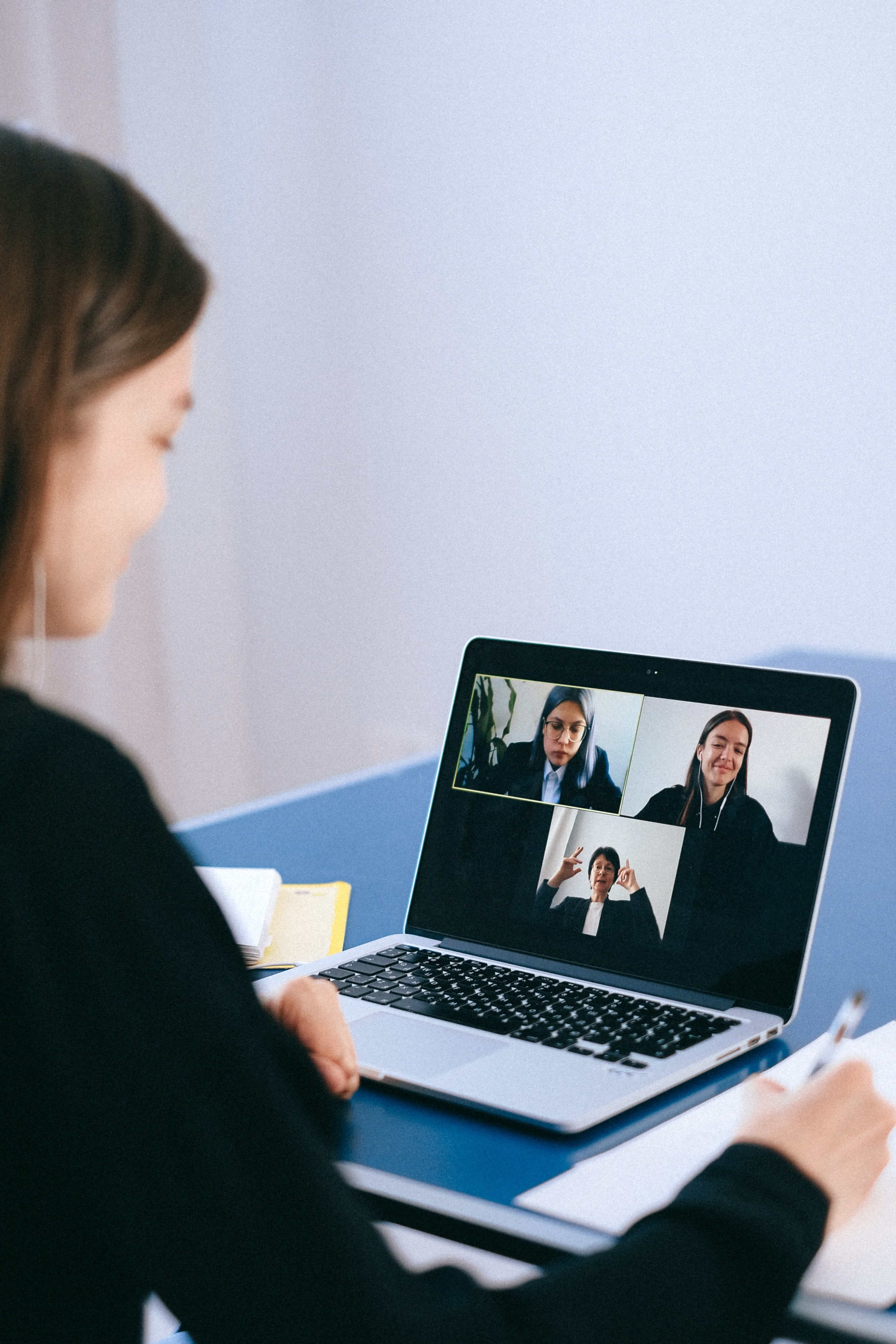The hybrid workforce hailed as the future of work has not come without its challenges. Sure — the ability to work from home has been great for more senior colleagues and those with a family. But for younger and less experienced employees, it has robbed them of opportunities for mentorship and the informal learning that comes from watching and listening to the people around them. For a lot of us, our colleagues are now just rectangles on Microsoft Teams or Zoom. Failing that, we just see lists of names copied into an email or the back and forth chatter of instant messaging apps.

What happened to the serendipity of meeting someone new at the coffee machine or walking into a department you’d never been into before? Let’s face it — during the lockdown, our work and communication has been confined to the people we already know and work with. Cross-functional collaboration died a death and went to heaven. In fact, research from Microsoft suggests that cross-functional collaboration went down by 25% within groups increased during the pandemic. We might be connected by technology, but we’re not feeling much human connection! :(
As the world slowly started to open back up, companies around the world realised that things wouldn’t likely go back to the way they were before. The hybrid model means there’s a mix of some office-based people and some people working remotely. Some people have a flexible arrangement that allows them to mix days in the office with days spent remotely.
Even where people have returned to the office, workplace relationships have been strained. There’s less of a sense of community. Social distancing measures have been taken. And beloved shared facilities like chill-out zones, gyms and casual dining areas have been modified or even withdrawn altogether.
The people coming back to the office are not the same people. They’ve most likely just experienced one of the most unprecedented periods of their lifetime. There were the challenges of adapting to a new way of working and the dramatic levels of uncertainty. When furlough payments dried up and redundancies beckoned, once-close colleagues might have become arch-rivals or competitors. Which one of us is going to keep our job? Which one of us is going to make it through this? No wonder tensions have run high and relationships reached an all-time low.
So we understand the what and the why. But how do we go about rebuilding and then maintaining better relationships for the hybrid workforce?
Well apparently, we can’t just turn and blame COVID for the breakdown in workplace relationships according to an article in the respected Harvard Business Review. According to them, the ‘fragmentation’ of our important relationships is less about remote work and more about the lack of ‘intentional bridge-building between different groups, regions and departments. In other words, people already worked in silos even before the pandemic. The hybrid workforce has merely created a new dynamic and a need for new ways of effectively connecting teams who have shared goals and objectives.
Ron Carucci is a US-based specialist in transformational change and advises CEOs on how to build stronger workplace bonds and relationships. One of the things he points out is that we humans are naturally tribal people. We closely associate ourselves with members of our own team. But when it comes to members of alternative groups, we tend to define them as ‘the others’ and have a tendency not to trust them. This naturally intensifies the ‘us’ vs ‘them’ attitudes that form in companies, even when everyone is working in the same office. With hybrid working, there are even more opportunities for this to happen. And in a world where project work needs people from different departments to work together well, it could spell disaster. So what’s the solution?
"The key is to establish new shared identities that bind people together."
Research from New York University’s Jay Van Bavel found that our brains quickly shift away from previously held biases when we work together in solidarity. In one experiment using brain imaging, a set of people whose amygdalas (a part of the brain!) revealed a variety of implicit biases about certain types of people showed that those biases were dramatically reduced when participants were told those same types of people were now “on your new team.”
So one of the key ways to maintain workplace relationships is to turn the ‘they’ mentality into a ‘we’ mentality. There are many practical ways you could do this. Imagine creating an Employee Wellness or social council that gives people a reason to connect with people outside of their immediate team. Anything that will reinforce the feelings of togetherness or solidarity.
Carucci put forward a very interesting recent case study from working with his clients. In an organisation where that had been a lot of disruption and change during the pandemic (a new organisation design, new people and changes to people’s roles) there was a comprehensive re-onboarding of each and every employee. This levelled the playing field for everyone and allowed everyone to re-experience the process of ‘meeting for the first time’. People were asked to prepare answers to five different prompts including:
- The most significant thing that’s different about me since the pandemic started is…
- The thing I’m most concerned about returning to work in our hybrid approach is…
- I’m most excited about this team’s ability to…
- The help I need to be successful on this team is…
- The contribution I feel I can make to your success is…

The positive results were consistent across the group with even the longest-serving employees saying that the process led them to re-appraise and strengthen relationships with people from across the organisation.
To build a hybrid workplace, you need to avoid the assumption that people instinctively know how to relate to each other under this new way of working. This could be an opportunity for your learning and development and employee training teams. For example, think about running a skills development or career development program that brings people together and introduces them to new people, especially those that they wouldn’t be likely to meet outside the day-to-day of their job. By exposing people to cross-functional teams from across the organisation, you have a chance to create the bonds and strong relationships that are the bedrock of the strongest and most resilient companies. “How to build and maintain workplace relationships” could even be a training module of its own.
What’s for sure; with the continued disruption from COVID and the spread of new variants such as Omicron, remote working and hybrid approaches won’t be going away any time soon. The first step is acknowledging and accepting that things are different and talking with your people in an open and honest manner. Be open about the strain on workplace relationships and bring people together — crowd-sourced solutions within your own teams and you might be pleasantly surprised at the results.





